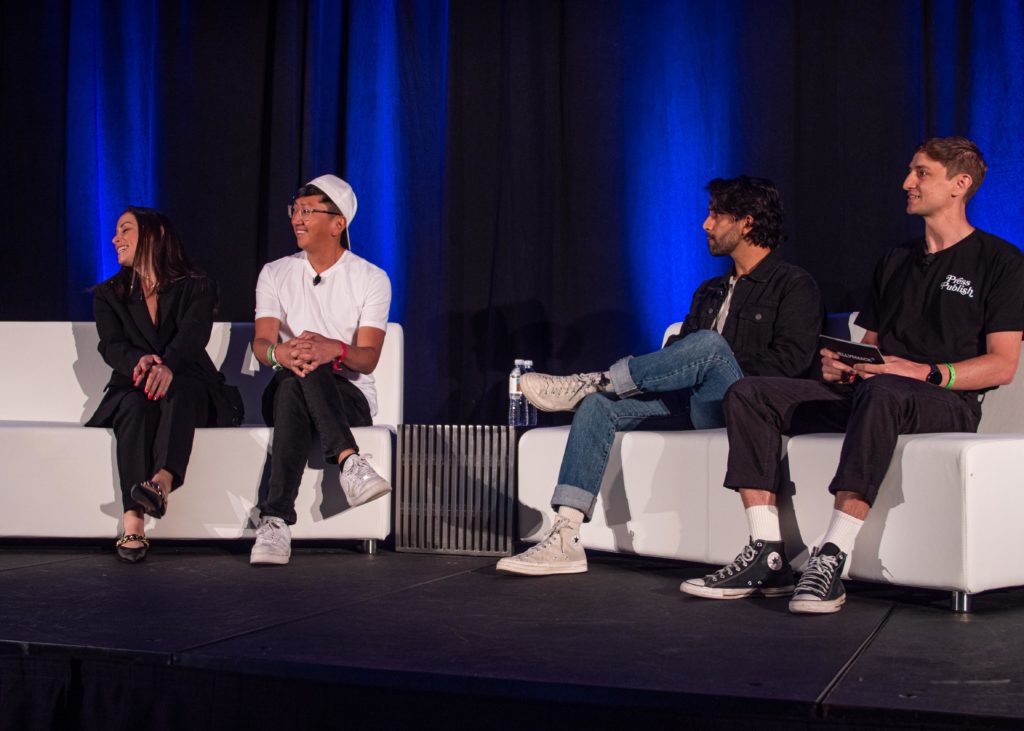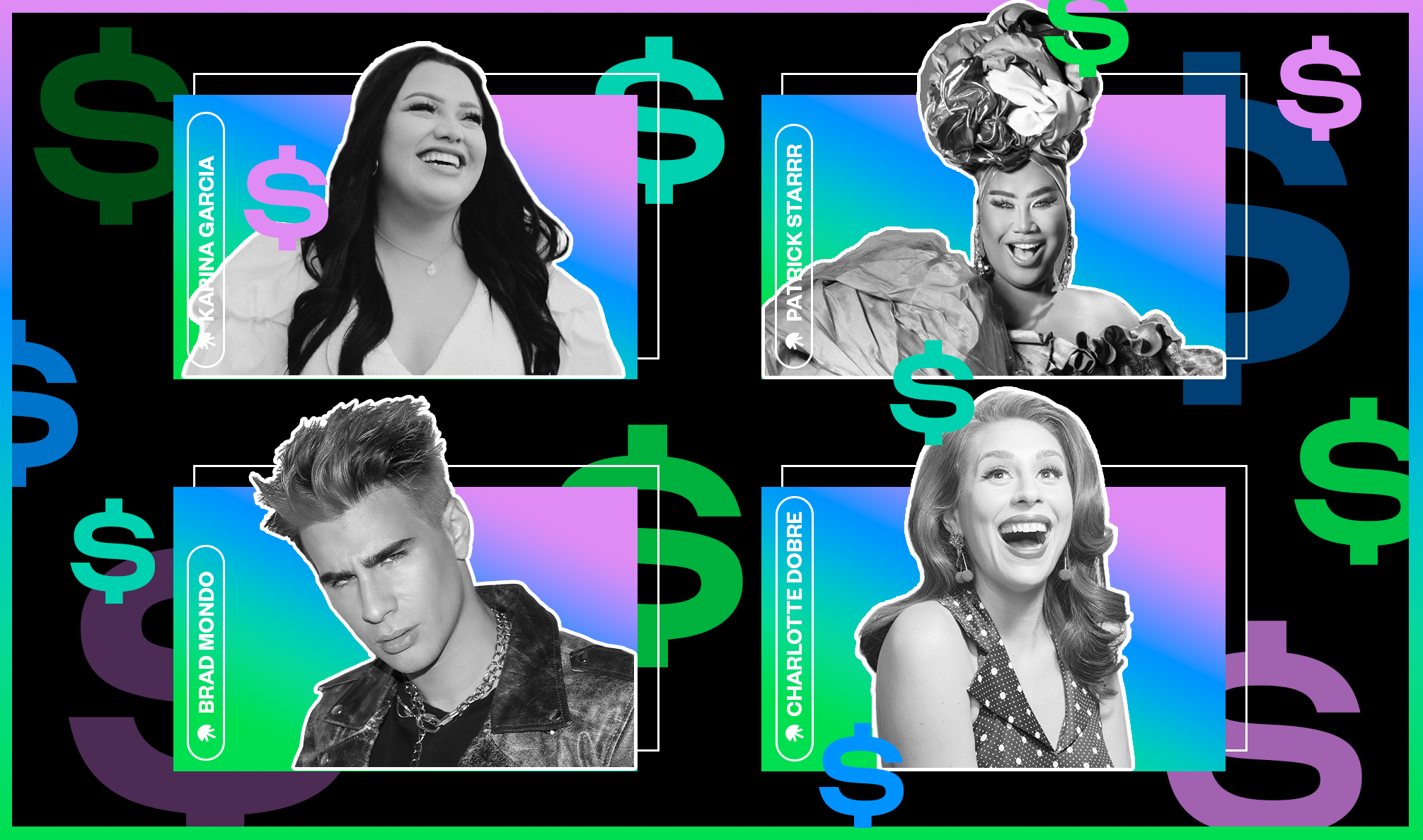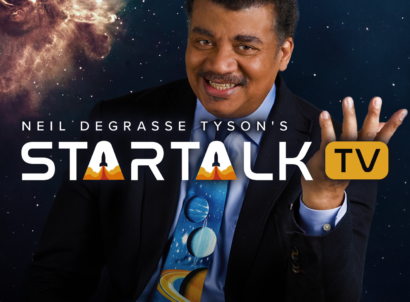If the success of Jellysmack creator partners like MrBeast, Bailey Sarian, and Patrick Starrr (all featured on Forbes Top 50 Creators list) has taught us anything, it’s that being a content creator can be extremely profitable. Building an audience doesn’t just give you the freedom to create a career you love– it can be financially lucrative.
Transitioning your content creation from a passion-filled side hustle into a full time job is a priority for many creators across the world. But when you’re in the thick of your work it might be hard to see the forest through the trees. In this article, we’re going to break down five of the most popular and financially viable methods of monetization for all of you creators out there trying to make a living off of your content.
1. Monetize your videos across all platforms
Monetizing your videos across every platform you’re present on is a critical first step. Even if you don’t make the bulk of your creator income from native platform monetization, it’s a great place to start to make the most of every video you create.
The most important step in monetizing your videos for each platform you’re present on is to carefully research guidelines and eligibility and check regularly for updates. You don’t want to aim for a benchmark that is no longer applicable and miss out on time and money.
YouTube Monetization
YouTube’s integration of the Google AdSense program is one of the longest running and most robust native monetization systems for creators. When you become eligible for the program, you’ll be able to run ads on your videos. Since YouTube is competing with TikTok and Instagram Reels on the short video front, YouTube Shorts revenue share has also been introduced. Here are the minimum requirements to join the YouTube Partner Program, directly from YouTube:
- Follow all the YouTube channel monetization policies.
- The YouTube channel monetization policies are a collection of policies that allow you to monetize on YouTube. As a YouTube partner, your agreements, including the YouTube channel monetization policies require compliance with these monetization policies to potentially earn money on YouTube.
- Live in a country/region where the YouTube Partner Program is available.
- Have no active Community Guidelines strikes on your channel.
- Have more than 4,000 valid public watch hours in the last 12 months.
- Have more than 1,000 subscribers.
- Have a linked AdSense account.
Separate from the YouTube platform itself, established creators also have opportunities to receive an influx of capital based on the projected earnings from videos.
Facebook Monetization
There are a number of options to monetize your videos on Facebook: Reels, in-stream video ads, fan subscriptions, branded content, and subscription groups.
Reels are the newest way creators can monetize on the platform. Through an exclusive pilot program earlier this year, Jellysmack helped several creators achieve major success with this new content format. There are a few ways creators can monetize a Reel: through ads, by receiving stars, and through the Reels Bonus Program.
- Ads: To embed ads, creators must have at least 10,000 followers, five videos, and 600,000 minutes of viewership in the past 60 days.
- Stars: Viewers can send stars to a creator if they enjoy watching their Reels, and Meta will pay the creator one cent for every star received.
- Reels Bonus Program: Creators can join the invite-only Reels Bonus Program, which pays eligible creators a bonus if they receive at least 1,000 views over a 30-day period.
In-stream ads on Facebook videos are another way creators can cash in on the platform. These can be included in live or on-demand videos and run before, during, or after your content. Ads allow creators to earn money for each video view. The Jellysmack Creator Program has helped hundreds of top creators increase their revenue exponentially with in-stream ads on Facebook.
As for the other monetization methods—according to Meta, “The Overview section under the Monetization tab in Creator Studio is your one-stop shop for everything monetization,” and you’ll have to adhere to community standards, partner monetization policies and content monetization policies and check each monetization feature eligibility separately.
Instagram Monetization
Now that TikTok, YouTube and Instagram are battling over short video engagement, Instagram has introduced its own Reels Play Bonus program as an invite-only incentive for creators to make money from their videos. According to the Instagram Help Center, “If you are invited, you will receive a pop-up notification and an invite that appears within your professional dashboard in the Instagram app.”
While Reels are a priority for Instagram (and Meta as a whole), Instagram consistently adds more features for creators to monetize in order to keep it relevant for influencers and creators. Instagram monetization options outside of bonuses are:
- Branded content with the ability to tag partners for FTC compliance and audience transparency
- Creator marketplace (testing in the US only)
- Badges on Instagram Lives
- Instagram shops
TikTok Monetization
The TikTok Creator Fund is currently a set amount allotted from 2021 to 2024 for all creators, which limits income potential compared to platforms like YouTube based on ad revenue. Nevertheless, TikTok remains highly relevant and you can still make money from the Creator Fund alone.
To become eligible for the TikTok Creator Fund, you have to meet these requirements:
- Be based in the US, UK, France, Germany, Spain or Italy.
- Be at least 18 years old
- Have at least 10,000 followers
- Have at least 100,000 video views in the last 30 days
- Have an account that fits with our TikTok Community Guidelines and terms of service
2. Brand deals and sponsorships
Influencer marketing is a major advantage for brands. Instead of aiming for a wider demographic, marketing to influencer audiences is highly targeted and specific to individual communities. This added advantage means brand deals are still very much in demand and are a great way for creators to make a living from your content.
Some high profile influencer collaborations include Patrick Starrr x MAC and Karina Garcia x Craft City, which shows that you can find a brand that fits your niche regardless of what your content covers. Makeup and slime couldn’t be more different, but both creators found brands to collaborate with that integrate their passions and provide a quality launch their audiences love.
Brand deals work best when they are well aligned between the creator, your audience and the company. Consumers are smart and they can tell when a partnership doesn’t seem genuine. Reach out to companies you already love or shout out projects you already enjoy.
For partners in Jellysmack’s Creator Program, our Brand Partnerships team can match creators and brands on a variety of campaigns that feel authentic to fans and offer the right exposure to companies.
If you’re not sure what to include in your pitch, do research on going rates in your niche (connecting with other professional creators can be helpful here) and build out your media kit.
Media kits can include UGC (user generated content) from past campaigns, engagement rates, pricing, contact information, and the unique value you offer. Just be sure to proactively pitch to land collaborations regularly. It might be tempting to let this curated, well-thought out media kit sit and collect dust, but don’t twiddle your thumbs waiting for brands to come to you! If you want to introduce brand deals as an income stream, make sure to do regular outreach to companies you want to work with and continue nurturing relationships with past partners.
3. Launching merchandise
Creating a product line that ties into your personal brand might feel daunting, but you have tons of options to start a merch line with services like Spring (formerly Teespring), Pietra, Society6 or even Merch by Amazon. If you’re ready to get started after researching a print-on-demand or merch service, apparel is often one of the most popular merch drops for creators. Charlotte Dobre’s Petty Merch is a great example of how to transition the phrases and creator-isms your audience loves into a product that gives fans the chance to express themselves.
Once you’ve started an initial merch launch on your own, you can always expand production by working with a partner (or partners). Brad Mondo is one of the biggest hair professionals on YouTube and it’s only fitting he has his own hair care line. But to get custom formulas and packaging you’re proud of, you’ll want to research and reach out to potential collaborators to manage every part of your launch from factory floor to on the shelves. Whether you’re a commentary and comedy YouTuber like Charlotte or cover beauty like Brad, finding the right partner will make launching your own merch that much easier.
Launching your own merch is a great option for creator profitability because you have control over the final product and audience access. Whatever you sell will live on a website of your choice. Having a direct link to a shop, even if it’s through a print-on-demand service, ensures you can make sales regardless of algorithm changes on social.
4. Speaking opportunities
Conventions like VidCon will pay top creators to come to share their expertise, but you don’t have to have millions of followers to speak at a creator event. While you might not command a high paying speaking rate right away, pitching to panels and events will build credibility over time and help you build a higher fee.

Don’t feel intimidated by mega-panels and conventions. You can start out with local or even niche events. You can start by creating a running list of in-person or virtual events that cover everything from:
- Creator culture
- Content marketing
- Influencer marketing
- Entrepreneurship
- Digital businesses
- Your niche or passions
Finding events that align with your content and expertise as a creator not only introduces a new revenue stream into your business but builds valuable relationships. Showing your expertise in the moment gives attendees a new way to connect with you and can open up new opportunities.
(Psst… a number of new Jellysmack creator partners were brought into the fold during VidCon Mexico, so the proof is in the pudding!)
5. Online courses
Your knowledge and experience as a creator is incredibly valuable. Whether you’re giving aspiring influencers repurposing strategies or teaching brands how to connect with the right content creators for campaigns, courses and digital products are a great source of income for influencers. If you’re looking for a stellar example (and want to up your YouTube game), get on the waitlist for Colin and Samir’s YouTube Storytelling class here.
One of the biggest benefits of selling digital products and courses is the same as launching a physical product: you’ll be able to sell off platform and won’t be at the whim of changing algorithms.
If you’re concerned about hosting digital products and courses, here are some popular platforms as a jumping off point:
As you grow your course creation library, you can launch a full academy with more and more features, like Nas Daily’s courses and accelerator program. No matter your niche, if you take a page out of Nas’ playbook and keep your educational materials focused, you’ll be able to cover a wide variety of valuable creator topics without your courses feeling random.
Make Your Moolah
Have you already been using some of these monetization methods, or are you just getting started? Regardless of if you’re a beginner or optimizing your existing income streams, diversifying your creator business will give you more financial stability and open up new opportunities in your career.





